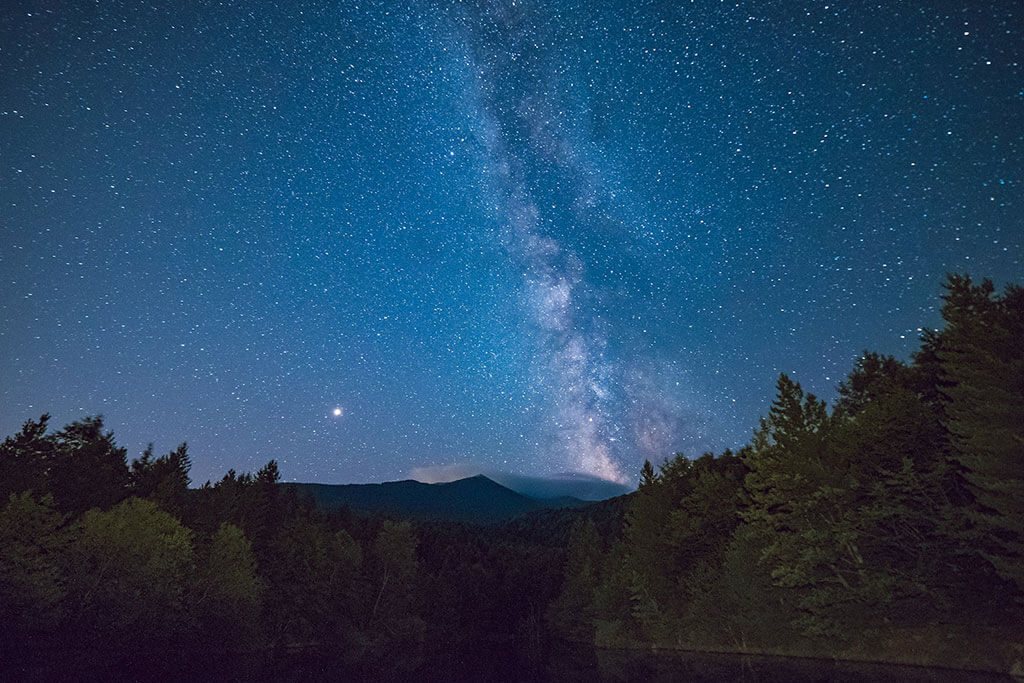
24
June
RASC Mississauga: Two Galaxies to Rule Them All
George Conidis, PhD Candidate in Physics & Astronomy, York University

16
May
Brentwood Library: Exoplanets: The Weird and Wonderful
Astronomer Christa Van Laerhoven, will discuss planets that orbit stars other than our sun. Some of these planetary systems look very different from our own!

6
May
UofT Physics: 2016 H.L. Welsh Lectures in Physics
The Department of Physics invites faculty, students and the public to our 41st annual celebration of physics.
The Welsh Lectures in Physics have been held annually since 1975 in honour of H.L. Welsh, a distinguished former faculty member in the Physics Department. They are the major public event in the life of the Department of Physics and are intended to celebrate discoveries in physics and their wider impact. They are intended to be broadly accessible to an audience drawn from across the university, other academic institutions and the interested public.

16
April
The Planetary Society - Toronto: Yuri's Night 2016
Join The Planetary Society for a night of fun and space themed activities as we celebrate the first human in space Yuri Gagarin, who orbited the planet on April 12, 1961. It's a night where the space science community around the world gets together to party and celebrate this milestone in exploration.
We encourage attendees to dress up in space themed attire, e.g. "space pants" (or shorts).

5
April
AMNH Livestream: 2016 Isaac Asimov Memorial Debate: Is the Universe a Simulation?
What may have started as a science fiction speculation—that perhaps the universe as we know it is a computer simulation—has become a serious line of theoretical and experimental investigation among physicists, astrophysicists, and philosophers.
On April 5, watch live as host and moderator Neil deGrasse Tyson, Frederick P. Rose Director of the Hayden Planetarium, and a panel of experts hold a lively discussion about the merits and shortcomings of this provocative and revolutionary idea.
2016 Asimov Panelists:

8
April
UofT Planetarium: The Birth and Death of Stars
Showtimes: 7:00pm, 8:00pm, and 9:00pm
The stars in the night sky seem unchanging and eternal, and have remained the same for the history of human civilization. However, over millions and billions of years, new stars are born, live out their long lives, and eventually die in a blaze of glory. In this show, we will be exploring the lives of stars by visiting stellar nurseries, supernova remnants and much more!
If you have questions please contact planetarium@universe.utoronto.ca

28
April
UofT Planetarium: The Search for Planet 9…Again
Showtimes: 7:00pm, 8:00pm, and 9:00pm
Recently, Dr. Mike Brown (aka the Pluto Killer) announced that his group had uncovered evidence that a ninth planet may be orbiting the Sun every 1500 years. We will go on a journey through the sometimes weird history of searching for planets in our solar system and see what evidence Mike Brown has found for a ninth planet. Along the way we will answer questions like “where do planets come from?”; “is our solar system normal?” and “why isn’t Pluto the ninth planet?”

27
April
UofT Planetarium: The Search for Planet 9…Again
Showtimes: 7:00pm, 8:00pm, and 9:00pm
Recently, Dr. Mike Brown (aka the Pluto Killer) announced that his group had uncovered evidence that a ninth planet may be orbiting the Sun every 1500 years. We will go on a journey through the sometimes weird history of searching for planets in our solar system and see what evidence Mike Brown has found for a ninth planet. Along the way we will answer questions like “where do planets come from?”; “is our solar system normal?” and “why isn’t Pluto the ninth planet?”

22
April
UofT Planetarium: The Search for Planet 9…Again
Showtimes: 7:00pm, 8:00pm, and 9:00pm
Recently, Dr. Mike Brown (aka the Pluto Killer) announced that his group had uncovered evidence that a ninth planet may be orbiting the Sun every 1500 years. We will go on a journey through the sometimes weird history of searching for planets in our solar system and see what evidence Mike Brown has found for a ninth planet. Along the way we will answer questions like “where do planets come from?”; “is our solar system normal?” and “why isn’t Pluto the ninth planet?”

7
April
UofT AstroTour: Surfing Through Spacetime on Top of Gravitational Waves
Foreseen by Einstein almost a century ago, gravitational waves were for a long time the last prediction of his theory of general relativity left to be confirmed. Last September, LIGO directly observed these waves being emitted from the merging of two black holes 1.3 billion light-years away. Thus, we opened a new window into the workings of our universe. In this talk, Alex Rachkov will cover what these mysterious waves are, recount the long journey of their discovery and the significance they have for the future of astronomy.
